Vegetation Removal Timing and Considerations
Late winter and early spring are often ideal for vegetation removal, as many plants are dormant, making removal easier and less disruptive.
Dry weather periods are preferable to reduce soil erosion and ensure safer removal processes.
Removing vegetation before the growing season minimizes regrowth and reduces maintenance needs.
Timing must align with local regulations to avoid penalties and ensure ecological compliance.

Dormant plants are easier to remove with minimal disturbance.
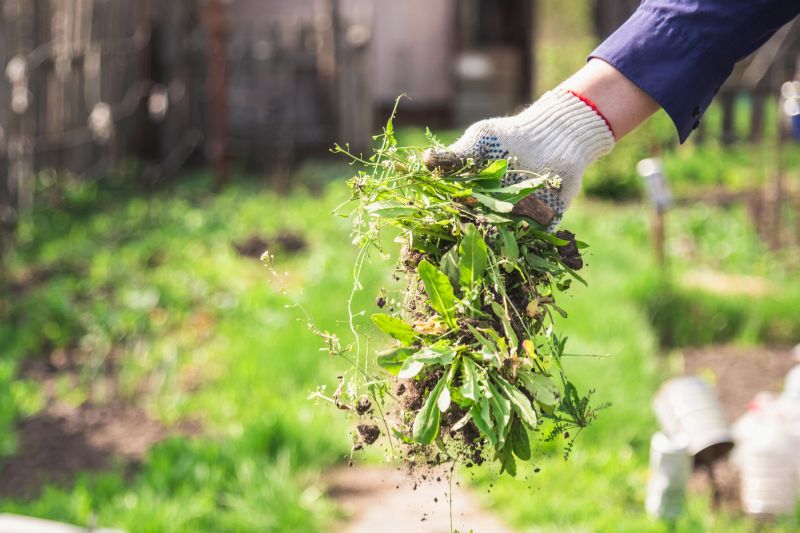
Prevents rapid regrowth during the growing season.
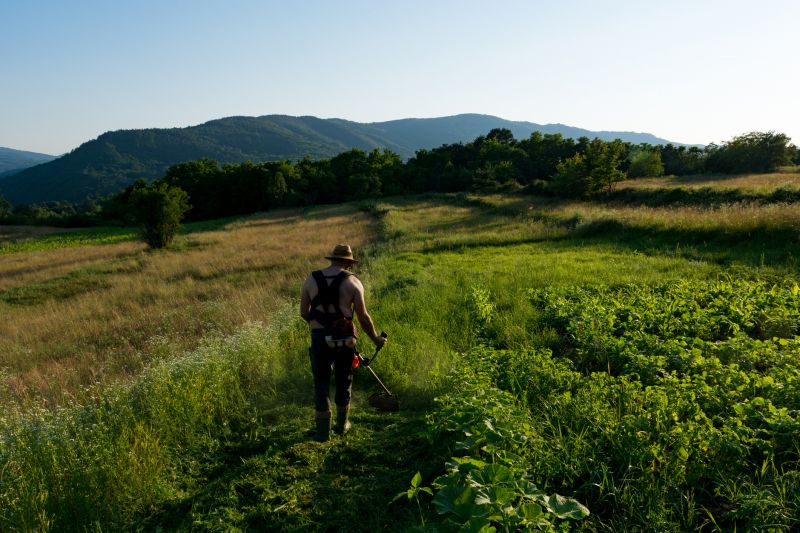
Less common due to active plant growth and higher risk of regrowth.
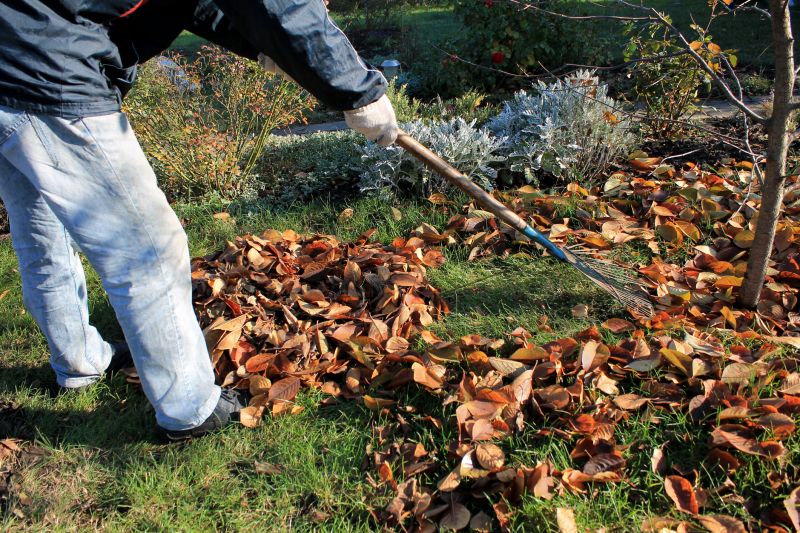
Prepares sites for winter and reduces overgrowth.
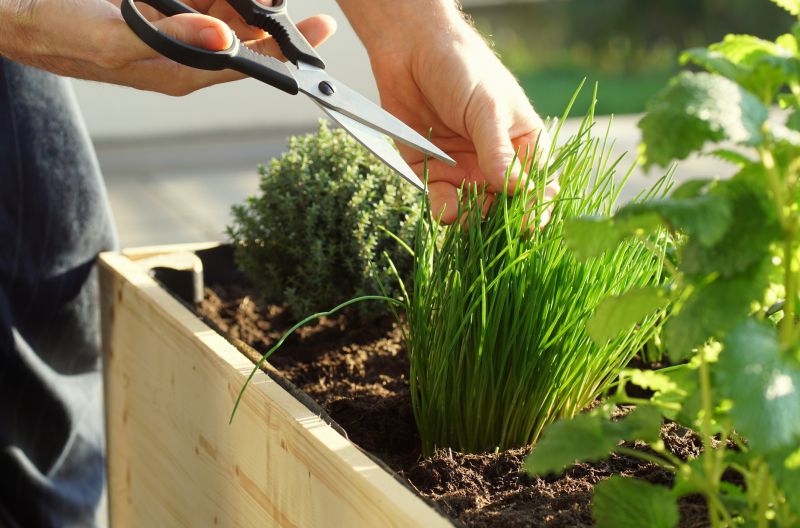
Ways to make Vegetation Removals work in tight or awkward layouts.

Popular materials for Vegetation Removals and why they hold up over time.
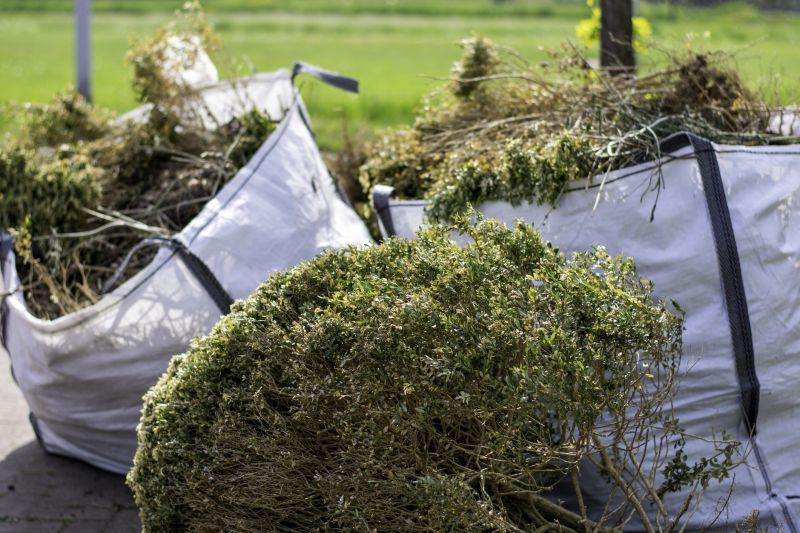
Simple add-ons that improve Vegetation Removals without blowing the budget.

High-end options that actually feel worth it for Vegetation Removals.
| Season | Advantages |
|---|---|
| Winter | Plants are dormant; easier removal; minimal regrowth |
| Spring | Prevents rapid regrowth; prepares site for planting |
| Summer | Less ideal; active growth; higher regrowth risk |
| Autumn | Reduces overgrowth; prepares site for winter |
Vegetation removal involves clearing unwanted plants, shrubs, and trees to maintain safety, improve aesthetics, or prepare land for development. Proper timing ensures that the process is efficient and minimizes the need for repeated efforts. Seasonal considerations, weather conditions, and local regulations all play a role in determining the best time for vegetation removal activities.
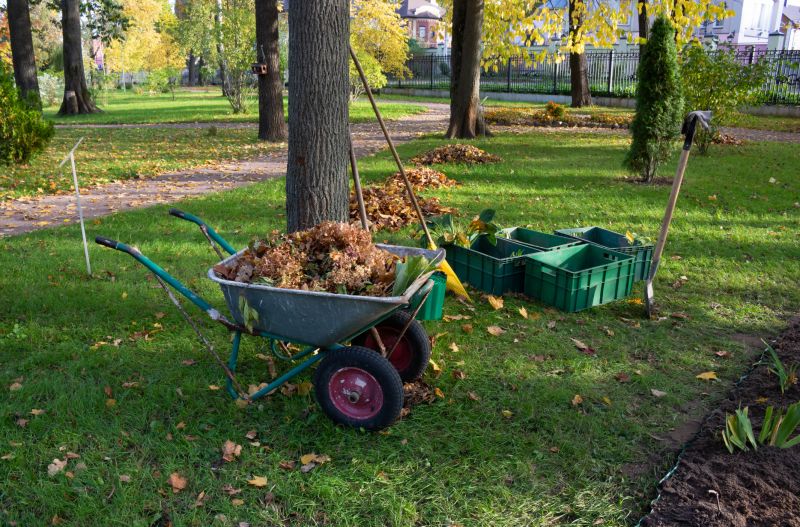
Prevents overgrowth during the growing season.

Reduces overgrowth and prepares land for winter.
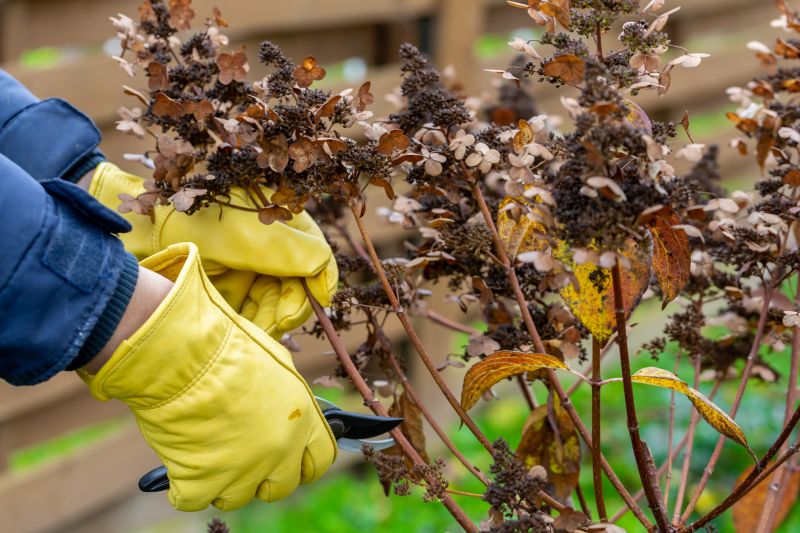
Ideal for dormant plants and minimal disturbance.

Typically less preferred due to active plant growth.

Finishes and colors that play nicely with Vegetation Removals.

Little measurements that prevent headaches on Vegetation Removals day.
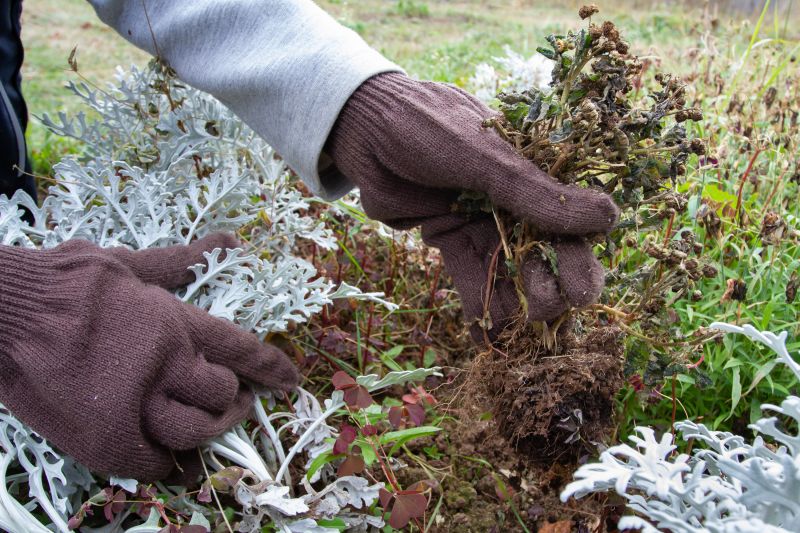
A 60-second routine that keeps Vegetation Removals looking new.

A frequent mistake in Vegetation Removals and how to dodge it.
Timely vegetation removal supports land management objectives, reduces maintenance costs, and ensures safety. Recognizing the optimal periods for removal activities can lead to more sustainable and effective land use practices. Proper planning aligned with seasonal cycles enhances the success of vegetation management projects.
For assistance with planning and executing vegetation removal projects, fill out the contact form to connect with experienced professionals.
